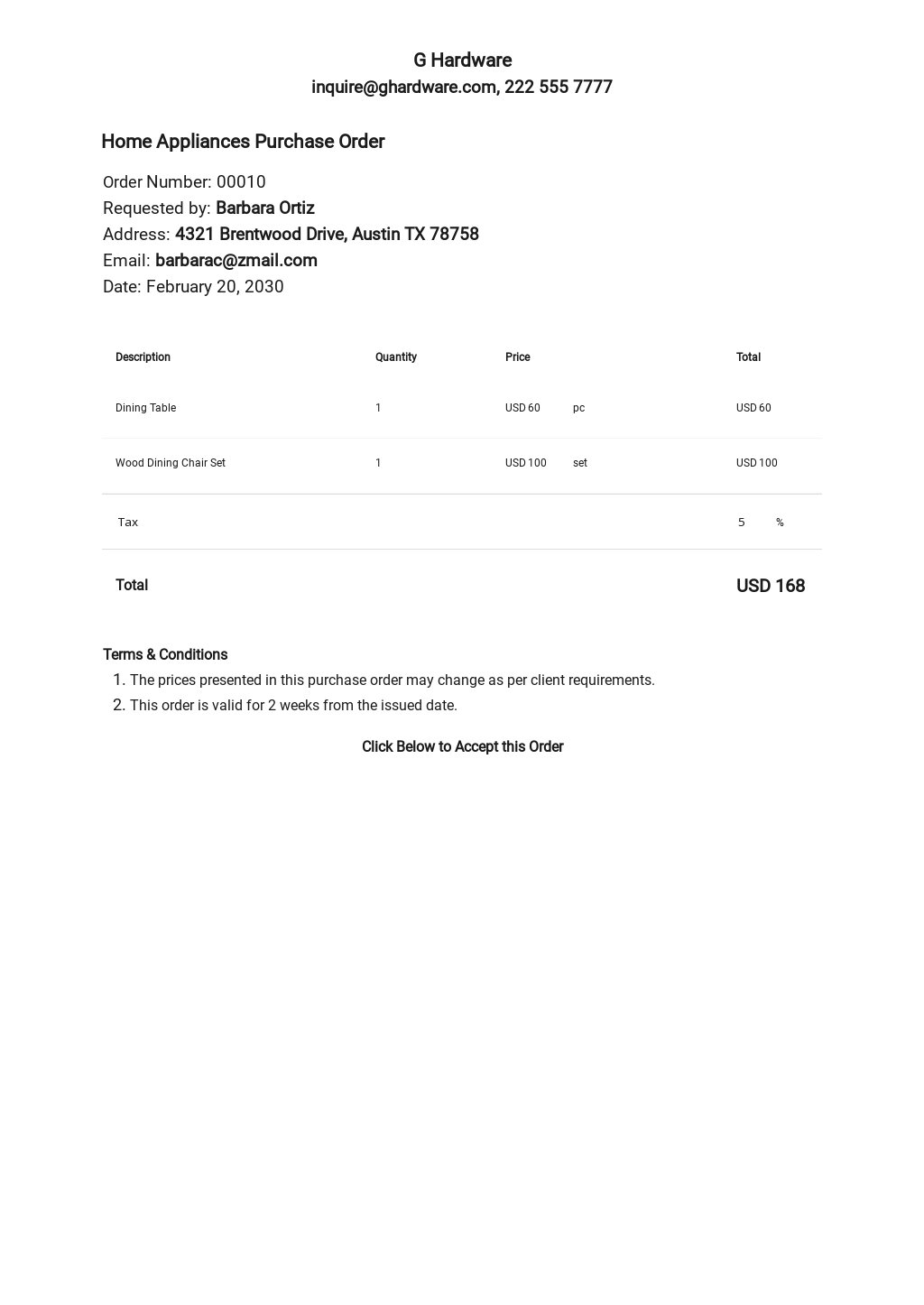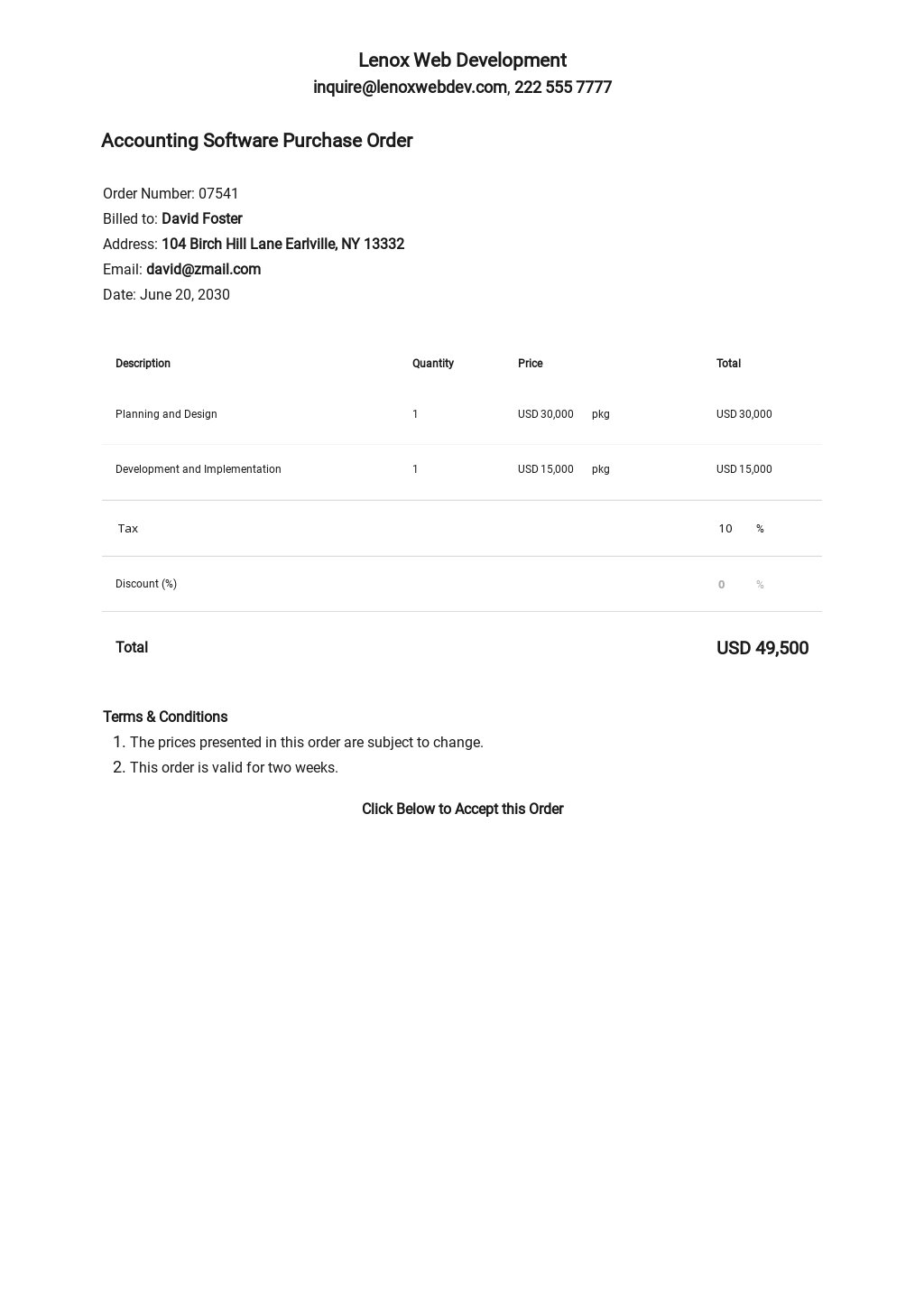
Therefore, no business owner should have the luxury of choosing one document over the other or relying on verbal agreements. By having an explicit list of goods or services and agreed-upon price, they help in setting the purchasing records straight when tracking delivery and making payments. They reflect similar order entries such as order details, payment details, and shipping informationīoth the purchase order and invoice are equally important.They play a critical role in formalizing commercial agreements during the procurement process.

They are both legally binding documents.They are used to streamline the purchasing process.SimilaritiesĪlthough these two business documents are distinct, there exists a few similarities.


Also, an invoice acts as a validation of a sale process while a purchase order acts as a parameter to terms of purchase. A purchase order enables the buyer to easily track their inventory while an invoice helps in generating total expenditure and taxes reports. On the other hand, a purchase order is issued by the buyer and sent to the seller when procuring certain goods and services.Ī purchase order is used to control the overstocking of inventory while an invoice facilitates avoiding any duplicate and overpayment claims made by the buyer of goods or services. The key difference is that an invoice is sent by the seller to the buyer requesting payments once the goods or services have been delivered. The truth of the matter is, the two documents are different although there exists some similarities. It indicates the amount owed and the payment date. An invoice is only issued once the order has been fulfilled. Most people often confuse a purchase order with an invoice document.Īn invoice is an official document that is issued by the seller asking the buyer for payments for the goods or services delivered. Purchase Order and Invoice: Differences and Similarities Purchase orders help streamline the purchase process especially when there are multiple parties involved in handling inventory, shipping and delivery, and managing accounts.Ī purchase order becomes a legally binding contract when the seller agrees to the terms outlined therein. A purchase order protects both the buyer and the seller in case an issue is raised regarding the delivery or the payment status.

It helps the buyer to be categorical when placing their purchase order so that the seller can clearly understand what needs to be delivered and by which dates. Purchase order outlines the type of goods/services, quantity, prices, and expected delivery date. This unique identification number helps both the buyer and the seller seamlessly track the delivery and payment of every purchase application made. If you are a business owner, a purchase order is a must-have document if you want to effectively track and streamline your purchasing process.Įach purchase order features a unique identification number commonly known as the purchase order number. A Purchase Order (abbreviated as PO) is an official document that is issued by the buyer to the seller with a summary of goods and services that needs to be delivered.


 0 kommentar(er)
0 kommentar(er)
